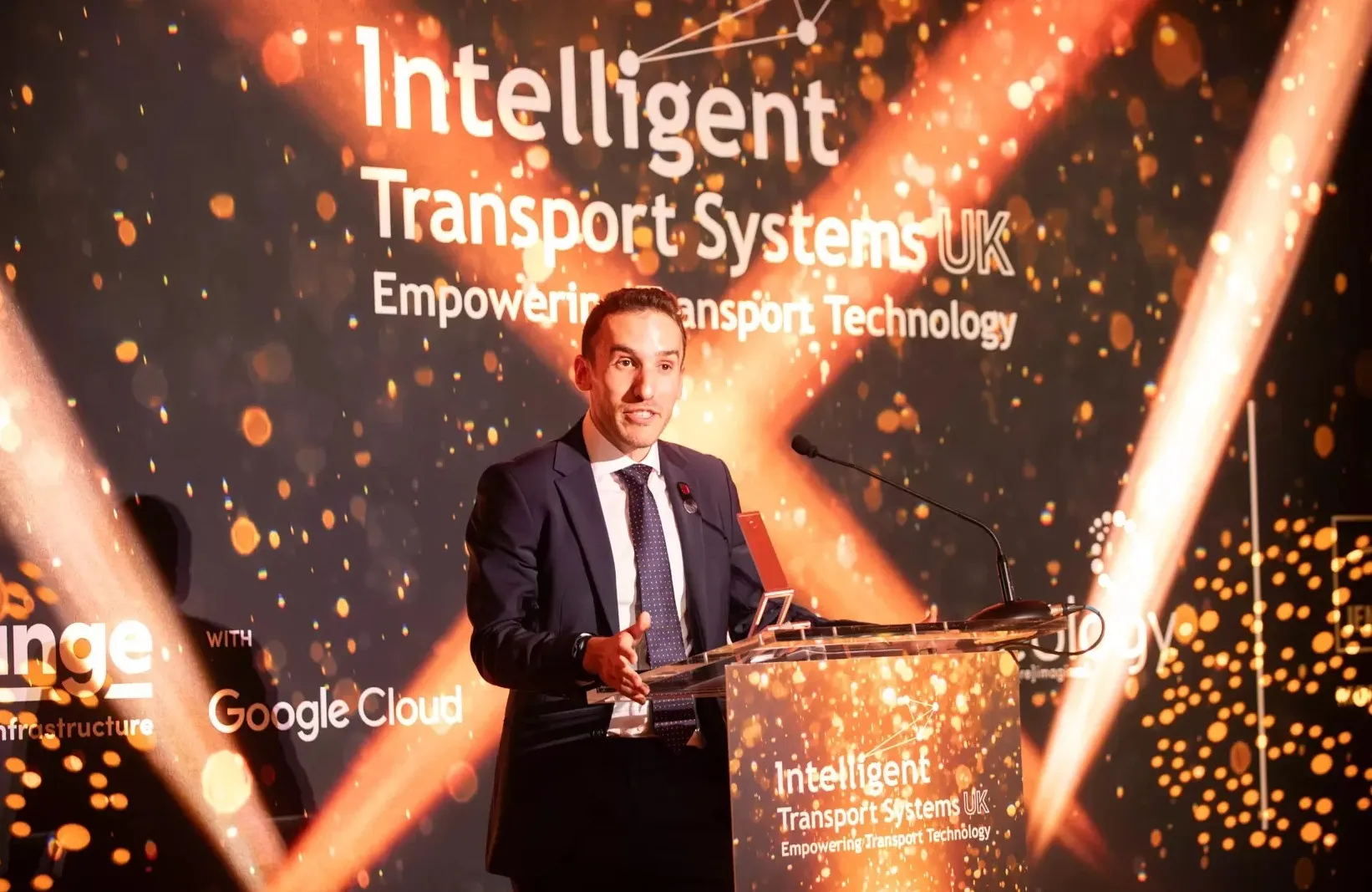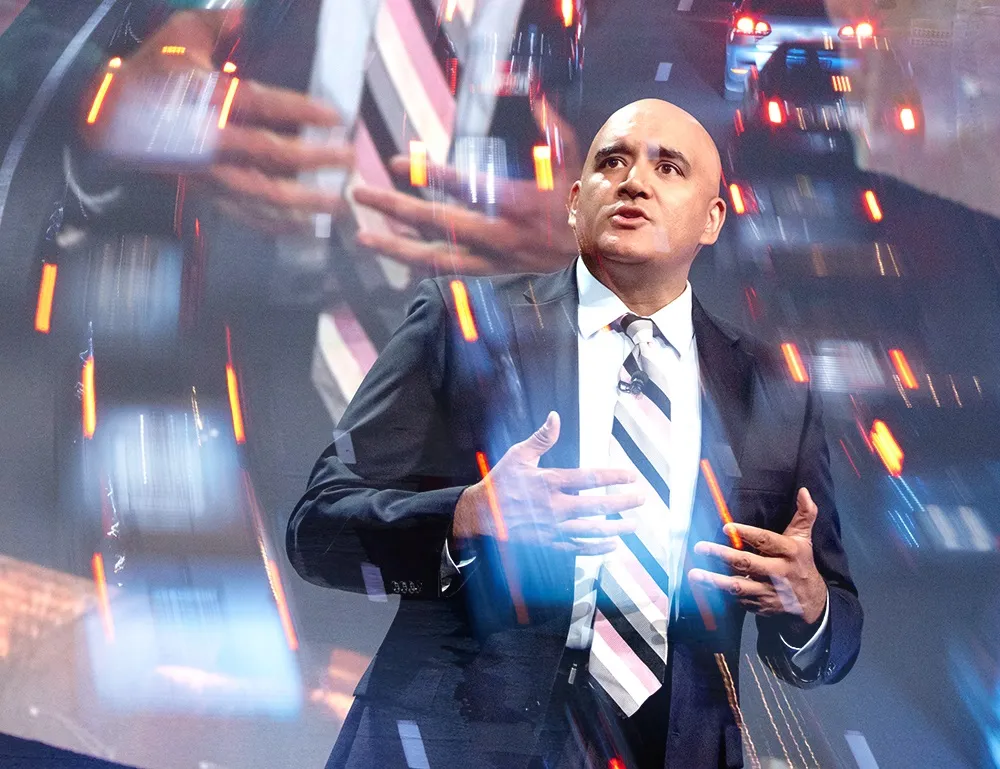According to the Transportation Research Board ITS Committee, international cooperation between the United States, Japan, and the European Union (EU) is helping accelerate the research and development of intelligent transportation systems (ITS) standards and technologies by fostering collaboration between professionals on three continents. "Through international cooperation, we're able to learn from each other more quickly and with less expense than if we were working on our own," said Jane Lappin, chair of
December 3, 2012
Read time: 4 mins
According to the 856 Transportation Research Board ITS Committee, international cooperation between the United States, Japan, and the 1816 European Union (EU) is helping accelerate the research and development of intelligent transportation systems (ITS) standards and technologies by fostering collaboration between professionals on three continents.
"Through international cooperation, we're able to learn from each other more quickly and with less expense than if we were working on our own," said Jane Lappin, chair of the Transportation Research Board ITS Committee and a social scientist at Volpe, The National Transportation Systems Center.
Lappin and other experts from Volpe support this international research cooperation on behalf of the324 US Department of Transportation's (US DOT) 321 Research and Innovative Technology Administration (RITA) ITS Joint Program Office (JPO).
Transportation planner Elizabeth (Eli) Machek, of Volpe's Center for Advanced Transportation Technologies, recently traveled to Japan as part of the cooperative efforts of the US-Japan ITS Task Force, which was formed in 2010 between RITA and Japan's Ministry of Land, Infrastructure, Transport, and Tourism (MLIT). This bilateral task force was charged with promoting collaboration in the field of ITS by identifying mutually beneficial research and development areas, exchanging information, informing stakeholders, and supporting global ITS standards harmonisation.
During Machek's recent visit to Japan as part of a US DOT delegation, representatives from the US and Japan teams shared information about the considerable work that each country has done or is planning in the area of connected vehicles and the use of probe data, which offers the potential to develop transformative applications that allow vehicles to exchange valuable safety, mobility, and environmental information.
"Japan has made great strides in actually deploying ITS projects," said Machek, noting that the Japanese public has been benefiting from real-time traffic information from ITS in-vehicle units since the 1990s, whereas the U.S. is still in the early stages of studying and deploying such technology. She also noted that MLIT's goal is to have automated vehicles on the road by the early 2020s.
"I think there's a lot we can learn from their experience," said Machek, who studied in Japan and worked at MLIT in 2009 and 2010 as a Mansfield Fellow.
Over the next year, the US-Japan ITS Task Force plans to select one to three ITS applications for joint research and development. Going forward, the task force is also considering ways to use ITS for disaster response and recovery.
Through RITA, the US first formed an international ITS partnership with the EU's1690 European Commission (EC) in 2009 to conduct cooperative ITS research. Then Japan approached the US to form a similar partnership. Today, the entities work together through three bilateral agreements: an EU-US agreement, a Japan-US agreement, and an EC-Japan agreement.
"The diversity of demonstration environments among the three regions enables richer findings," said Lappin, noting that with automated and connected vehicles, each participating nation or union offers different roads and different driving challenges, all of which translate into valuable research data and evaluations. Lappin is the US facilitator for the agreement with the European Commission and provides support to781 ITS JPO's international relations.
The US and EU showcased their joint global work on ITS during the6456 ITS World Congress in Vienna, Austria, in October, when US and EU presenters reported on the bilateral team's accomplishments, current activities, and plans going forward, and distributed a report on their joint work to date.
"If you do a piece of research in one nation and are really clear on the data format and results, others don't have to replicate it," said Lappin. "They can pick up where you left off."
"Through international cooperation, we're able to learn from each other more quickly and with less expense than if we were working on our own," said Jane Lappin, chair of the Transportation Research Board ITS Committee and a social scientist at Volpe, The National Transportation Systems Center.
Lappin and other experts from Volpe support this international research cooperation on behalf of the
Transportation planner Elizabeth (Eli) Machek, of Volpe's Center for Advanced Transportation Technologies, recently traveled to Japan as part of the cooperative efforts of the US-Japan ITS Task Force, which was formed in 2010 between RITA and Japan's Ministry of Land, Infrastructure, Transport, and Tourism (MLIT). This bilateral task force was charged with promoting collaboration in the field of ITS by identifying mutually beneficial research and development areas, exchanging information, informing stakeholders, and supporting global ITS standards harmonisation.
During Machek's recent visit to Japan as part of a US DOT delegation, representatives from the US and Japan teams shared information about the considerable work that each country has done or is planning in the area of connected vehicles and the use of probe data, which offers the potential to develop transformative applications that allow vehicles to exchange valuable safety, mobility, and environmental information.
"Japan has made great strides in actually deploying ITS projects," said Machek, noting that the Japanese public has been benefiting from real-time traffic information from ITS in-vehicle units since the 1990s, whereas the U.S. is still in the early stages of studying and deploying such technology. She also noted that MLIT's goal is to have automated vehicles on the road by the early 2020s.
"I think there's a lot we can learn from their experience," said Machek, who studied in Japan and worked at MLIT in 2009 and 2010 as a Mansfield Fellow.
Over the next year, the US-Japan ITS Task Force plans to select one to three ITS applications for joint research and development. Going forward, the task force is also considering ways to use ITS for disaster response and recovery.
Through RITA, the US first formed an international ITS partnership with the EU's
"The diversity of demonstration environments among the three regions enables richer findings," said Lappin, noting that with automated and connected vehicles, each participating nation or union offers different roads and different driving challenges, all of which translate into valuable research data and evaluations. Lappin is the US facilitator for the agreement with the European Commission and provides support to
The US and EU showcased their joint global work on ITS during the
"If you do a piece of research in one nation and are really clear on the data format and results, others don't have to replicate it," said Lappin. "They can pick up where you left off."









